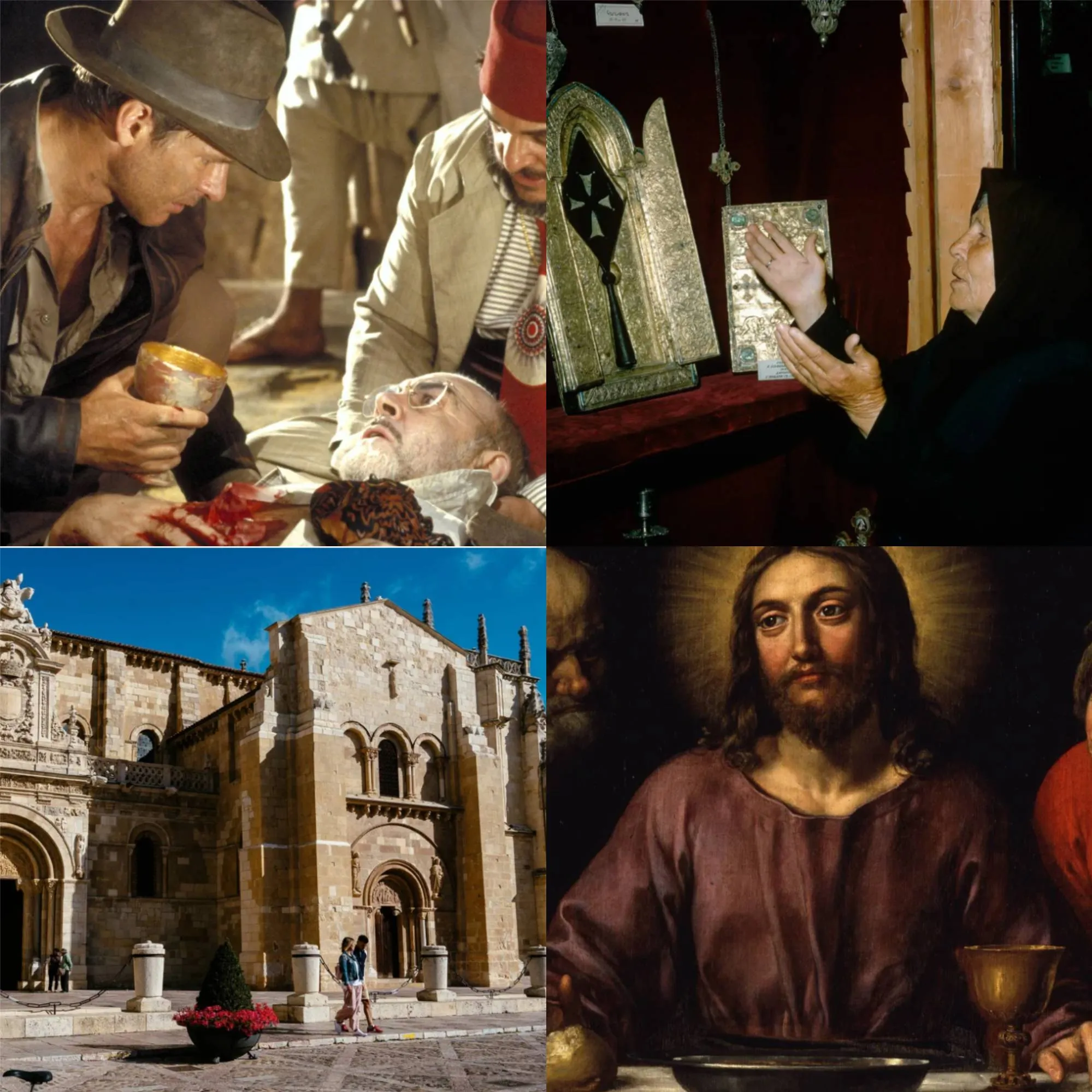
The Quest for the Holy Grail: Unveiling the Legends and Mysteries
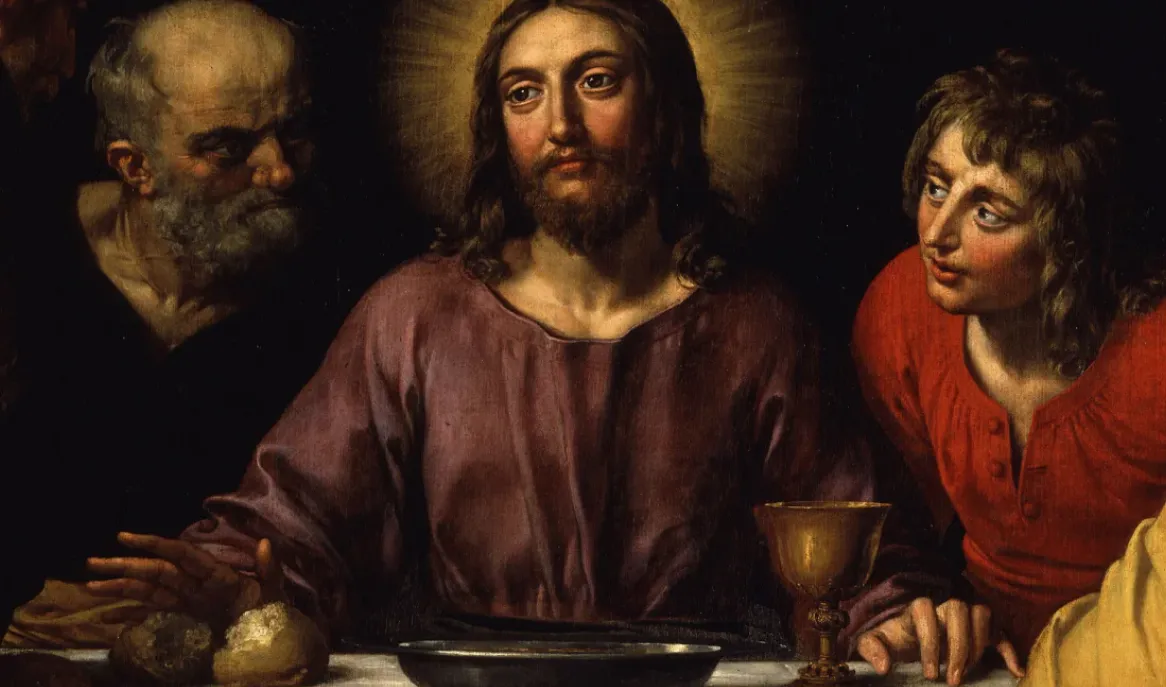
The allure of the Holy Grail has captivated imaginations across centuries, leading many to believe they have discovered the true cup used by Jesus Christ at the Last Supper. But with around 200 purported Grails scattered across Europe alone, the question remains: which, if any, is the genuine article?
The Grail’s Enduring Legacy
Every time you step into a grand cathedral or a historic church, you experience a profound sense of reverence and awe. The architecture, artworks, and historical significance create a unique atmosphere of spirituality. Often, visitors are led to a special chapel or museum where they encounter a relic of great importance: the Holy Grail. But what makes one cup the Holy Grail over another?
In Europe, legends claim approximately 200 different cups as the Holy Grail—the very chalice used by Jesus during the Last Supper. Pilgrims and believers travel far and wide to venerate these relics, hoping to glimpse or even touch a piece of sacred history. Yet, the authenticity of these Grails remains shrouded in mystery.
Symbolism vs. Reality
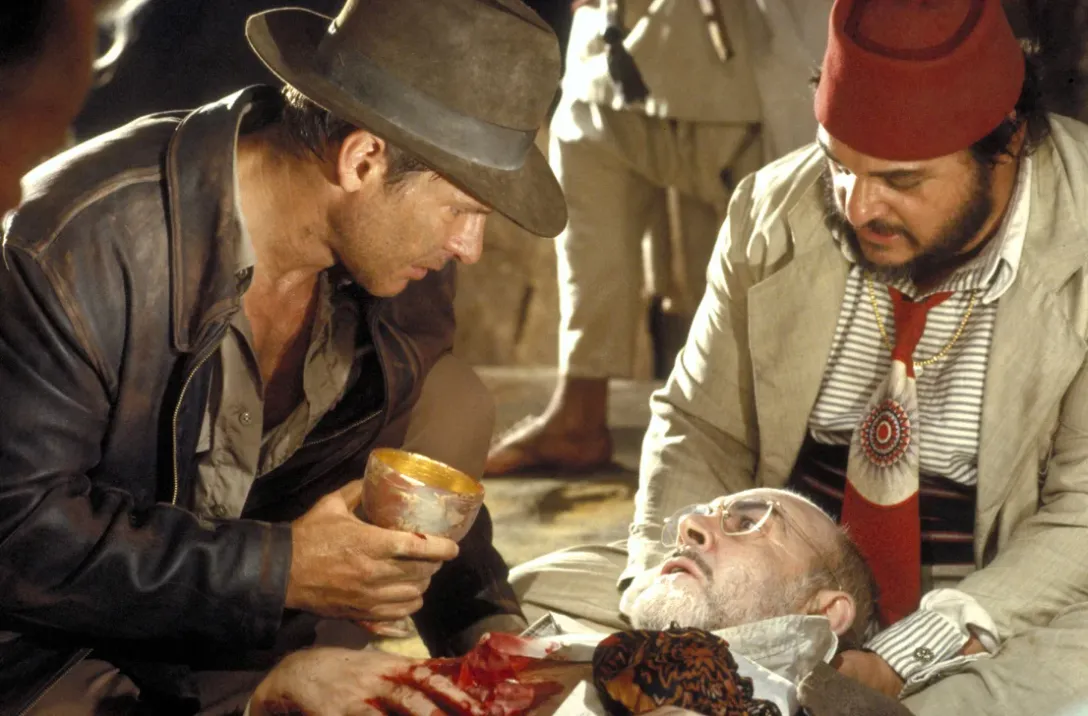
The Holy Grail is a concept deeply ingrained in our collective consciousness. It symbolizes the ultimate quest, a motif that pervades literature, art, and popular culture. Whether it’s Dan Brown’s controversial interpretation in “The Da Vinci Code,” where the Grail is depicted not as a physical object but as a secret about Jesus and Mary Magdalene, or Harrison Ford’s cinematic pursuit in “Indiana Jones and the Last Crusade,” the Grail captures the imagination.
Yet, when we peel back the layers of modern interpretations, we’re left with a simpler narrative: the Grail is believed to be the cup used by Jesus at the Last Supper. This cup, which held profound significance for early Christians, is said to have miraculous properties, further fueling the fervor surrounding it.
Expert Opinions and Historical Context
Joanne Pierce, a professor of religious studies at the College of the Holy Cross, casts doubt on the Grail’s existence. She argues that while Jesus certainly used a cup, the actual vessel from the Last Supper likely does not survive. For Pierce, the Grail represents more of a cultural symbol rather than a tangible religious artifact.
However, the belief in the Grail’s reality persists. Many locations across Europe, such as Valencia, Léon, and Genoa, proudly display their own versions of the Grail. In Valencia’s cathedral, the “Santo Cáliz” is revered as the Holy Chalice, believed to have been brought to Spain by St. Peter himself.
Relics and Tourism
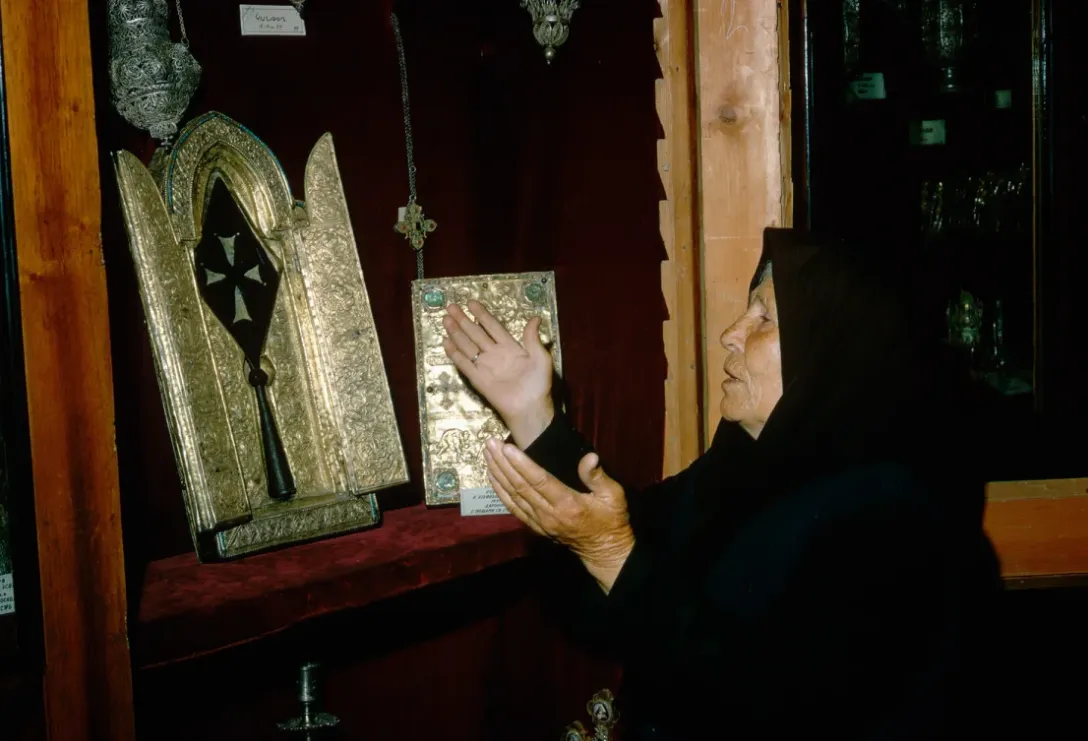
Throughout history, relics have played a crucial role in Christianity, serving as physical connections to the divine. The practice of venerating relics dates back to early Christian times, when martyrs’ graves became pilgrimage sites. During the Crusades, the search for such artifacts intensified, blending religious devotion with economic and political motivations. The Grail, whether authentic or not, has always been a powerful draw for pilgrims and tourists alike.
Cultural Impact and Modern Interpretations
The Grail’s influence extends beyond religious contexts into literature and popular media. Medieval chivalric romances linked the Grail to King Arthur and his knights, embedding it further into Western culture. This mythical association has endured, fueling both fascination and skepticism.
In contemporary times, the quest for the Grail mirrors the search for ultimate truths and hidden knowledge. Whether through scholarly research or popular fiction, the Grail continues to capture our imagination.
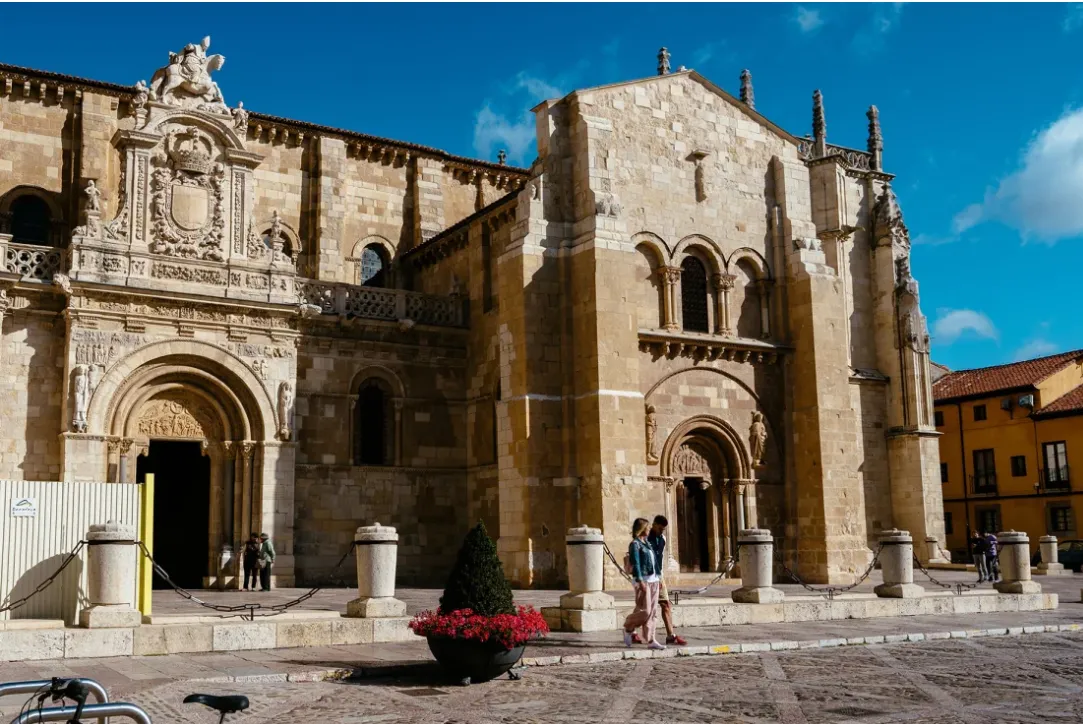
The Search for Truth
For some, the Grail’s significance lies not in its physical existence but in its symbolic value. As Pierce notes, the quest for the Grail reflects our deeper desires and spiritual yearnings. Whether or not the cup of Christ ever truly existed, its legend endures, influencing faith, culture, and storytelling.
In conclusion, the Holy Grail remains one of history’s greatest mysteries. Whether residing in Léon, Valencia, or another of the many claimed locations, the true Grail might never be definitively identified. Yet, its impact on our cultural and spiritual lives ensures that the legend will continue to inspire and intrigue for generations to come.






